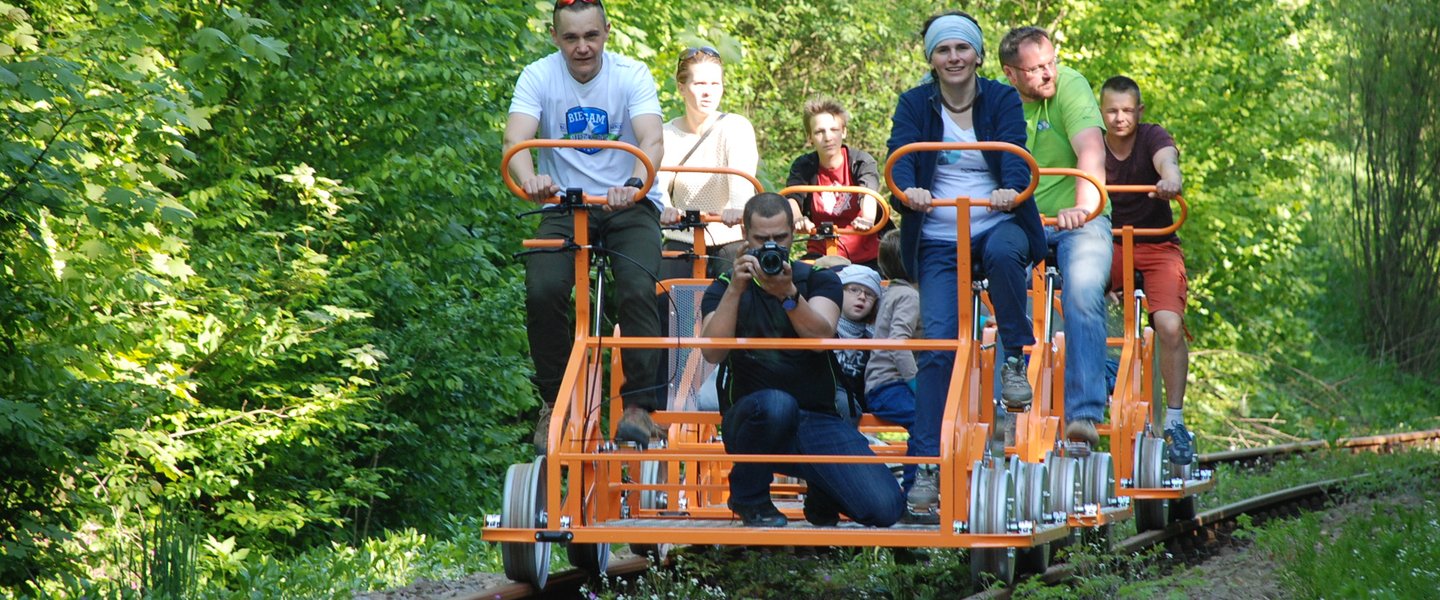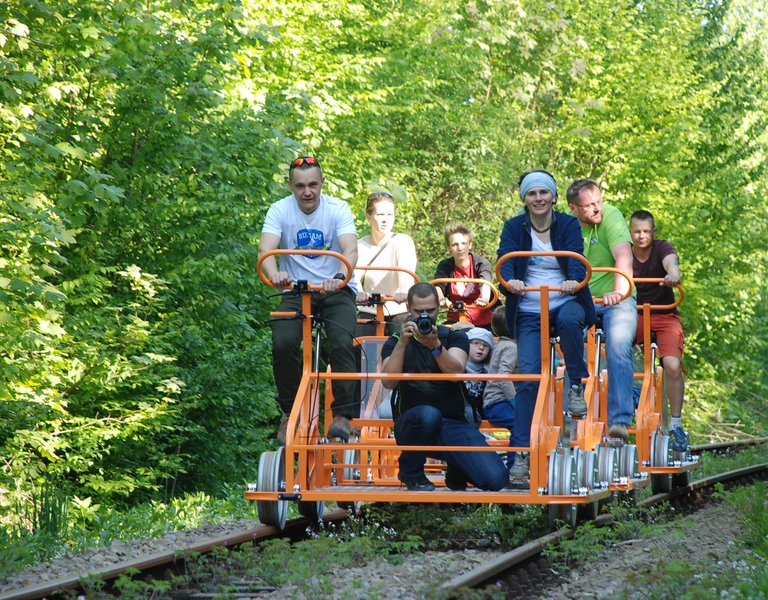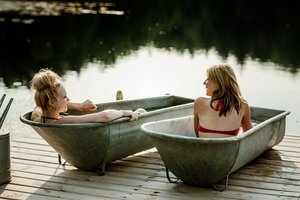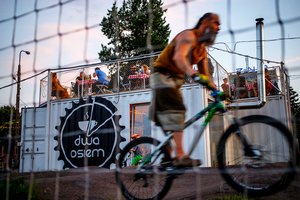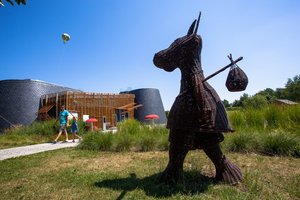Draisine trips through the Bieszczady Mountains
Deserted for years, one of the most picturesque rail routes in Poland, Bieszczady No. 108 line from Zagórze to Krościenko on the border with Ukraine, has been given a new lease on life. The tracks are being used once again – this time by rail-cycle draisines.
“The historic line, which recently celebrated its 130th anniversary, was fading away. I thought that either we will do something with it or it will end up on the scrap heap,” Janusz Demkowicz, host of the “Magija” Farmstead in Orelec, a musician of Tołhaje and a founder of the draisine trail, told Polska.pl.
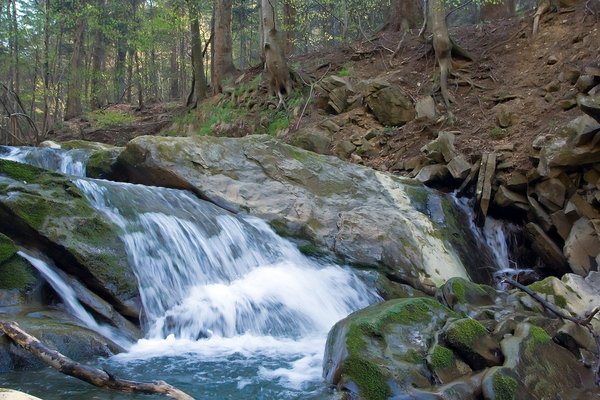 He drew his inspiration from Western Europe, where this type of tourism has proven to be an environmentally-friendly way of revitalising unprofitable routes. Demkowicz succeeded in winning over an initially reluctant PLK S.A. and the Olszanica municipal authorities over to his idea. Nobody else has ever attempted a similar project in Poland, so getting through burdensome procedures took two years.
He drew his inspiration from Western Europe, where this type of tourism has proven to be an environmentally-friendly way of revitalising unprofitable routes. Demkowicz succeeded in winning over an initially reluctant PLK S.A. and the Olszanica municipal authorities over to his idea. Nobody else has ever attempted a similar project in Poland, so getting through burdensome procedures took two years.
The train station in Uherce Mineralne is at the heart of the 47-km route. This “typical communist relic from the 60s” as Demkowicz describes it was renovated and stylishly decorated. “Lamps were sent from Kraków by Michał Jurkiewicz, a famous railway enthusiast and musician,” Demkowicz posted on Facebook. “Do you remember cardboard ticket punchers? We have just added one to our collection.”
To carry out an interior design project, Demkowicz engaged the artists – Karol Prajzner and Paweł Wołos. They decorated the walls with retro-style railway paintings with a Draisine operator as their leitmotif.
The draisine rental in Uherce (the largest in Poland and one of the largest in Europe) already offers 50 vehicles. They were designed and constructed by Kazimierz Leśniewski from the “TROP” Unusual Bike Workshop in Sianowo Głusino near Gdynia. One draisine can hold four passengers – two of them pedal and two sit in the back.
 Following a timetable, draisines set off from Uherce several times a day in two directions: Zagórze and Krościenko. For safety reasons, staff members ride ahead and follow behind every draisine. “We stop at interesting places,” says Janusz Demkowicz. “The route offers bunkers, castle ruins, beautiful wooden Orthodox churches, picturesque villages and even a great local brewery.”
Following a timetable, draisines set off from Uherce several times a day in two directions: Zagórze and Krościenko. For safety reasons, staff members ride ahead and follow behind every draisine. “We stop at interesting places,” says Janusz Demkowicz. “The route offers bunkers, castle ruins, beautiful wooden Orthodox churches, picturesque villages and even a great local brewery.”
A regular trip lasts 1-3 hours. Demkowicz is also planning longer special trips up to the border with Ukraine (27 km) and thematic journeys, e.g. along the trail of wooden Orthodox churches.
“It is not about pedalling back and forth like while riding an exercise bike, but rather feeling the wind in your hair,” explains the musician. “You must learn something from this escapade and hold it in your heart. Draisines awake good feelings, drivers are happy to see us and wave to us from the road. Seen from the railway embankment, the world is amazing!”
The Bieszczady draisine trail was financially supported by Switzerland under “The Alps for the Carpathians”. The project aims at releasing the economic potential of mountainous parts of the Podkarpackie Voivodeship. Subsidies are intended for entities engaged in tourism, cultural and entrepreneurial activity, in particular small rural NGOs.
NELLY KAMIŃSKA
01.06.2015
